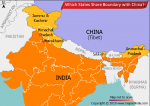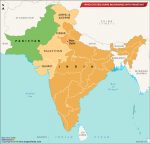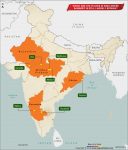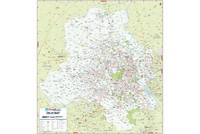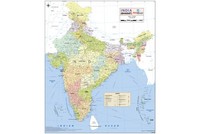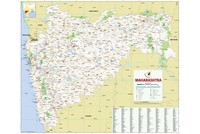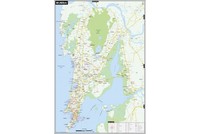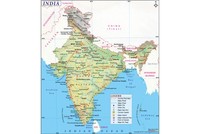The Dutch East India Company or the Vereenigde Oost-Indische Compagnie (VOC), a chartered company that carried out colonial trade operations in Asia for two centuries, was founded on 20 March 1602.
Following the example of the English East India Company that was set up in 1600, the Dutch government pushed for the establishment of a ‘United East India Company’ (VOC). Like its English counterpart, the Dutch firm was granted monopoly over trade in Asia. According to the new firm’s charter, it could build forts, sign treaties with rulers in Asia, and keep armies.
The first permanent trading post of the VOC was set up in Banten (West Java) in 1603. Another one was later established in Jakarta. The post of Governor General was created by the Dutch in 1610 to exercise better control over their Asian affairs. A council to advise the Governor General was also established. Together with the Governor General, a group of shareholders who represented different chambers were in charge of the VOC’s administration and trade activities.
Initially the company was headquartered at Ambon. The two major European competitors of the Dutch in the early years were the British and the Portuguese, both of whom sought control of the lucrative Asian trade route. The Chinese and the Japanese traders were an important regional presence.
The competition between the English and the Dutch intensified after the English East India Company started building trading posts in places like Sukadana, Jayakarta, Aceh and Jambi. Though an understanding was reached in 1620 between the two countries, the execution of ten Englishmen by the Dutch caused a major crisis.
In the 1620s the Dutch brutally suppressed the native population of the Banda Islands, most of whom were driven out, and tried to set up clove and nutmeg plantations. But these plantations met with limited success as not many Dutch residents were comfortable with the idea of shifting to Asia.
The VOC’s trade links covered most of Asia, but for most part they made limited territorial inroads into India as compared with the British and the French. As Bipan Chandra writes in History of Modern India: “The main interest of the Dutch lay not in India but in the Indonesian Islands . . . and the Spice Islands where spices were produced. They soon turned out the Portuguese from the Malay Straits and the Indonesian Islands. . . . They . . . established trading depots at Surat, Broach, Cambay and Ahmedabad in Gujarat in West India, Cochin in Kerala, Nagapatam in Madras, Masulipatam in Andhra, Chinsura in Bengal, Patna in Bihar and Agra in Uttar Pradesh.”
The VOC also took part in intra-Asian trade between countries like India, Japan and China. Like the other Europeans, the Dutch introduced Western thought and technology to various parts of Asia.
By 1660 the Dutch were successful in becoming the dominant power in Sri Lanka. They went on to push the Portuguese away from the west coast of India. The Dutch East India Company was the world’s richest private firm by 1670. However, the subsequent decline in trade with Japan and the Third Anglo-Dutch War were heavy blows to the company.
Meanwhile, other firms such as the French East India Company and the Danish East India Company were competing for a pie of Asia as well.
Seeing the English and French domination of South India, the VOC stepped back from the spice trade in Malabar. The fortunes of the VOC started steadily declining after 1750. The Fourth Anglo-Dutch War (1780–1784), which the British won, proved disastrous for the Dutch. On the last day of the 18th century, the charter of the bankrupt Dutch East India Company expired for good. The VOC ceased to exist.
Also on this day:
1921 — P.C. Alexander, Principal Secretary of Prime Minister Indira Gandhi, was born
1951 — Madan Lal, Indian cricketer, was born
1952 — Anand Amritraj, Indian tennis player, was born
1966 — Alka Yagnik, playback singer of Hindi cinema, was born
1987 — Kangana Ranaut, Hindi film actress, was born

